This year, the 2022 Hackaday Prize challenged hackers and makers in the open source community to develop projects which evoked the concepts of Sustainability, Resiliency, and Circularity — ideas which perhaps have never been more important. As humanity works to become better stewards to the only planet they can call home, everything we build (or rebuild) should reflect our desire to preserve our world for future generations.
Today, we’re excited to announce the projects that our panel of expert judges believe best exemplified this year’s theme and took home their share of the $50,000 USD in prize money.
Grand Prize: 3D Printed Portable Wind Turbine
Our way of life depends on energy, but that doesn’t mean we have to rely on fossil fuels to produce it. Natural and renewable sources of energy such as solar, hydro, and wind can help power our homes while reducing our impact on the environment. Unfortunately, such systems can be difficult and expensive to install.
Enter this year’s Grand Prize winner, the “3D Printed Portable Wind Turbine” created by [Adrian Cubas]. The printed marvel is lightweight, affordable, and can be quickly deployed as needed. While it might not be enough to power your neighborhood by itself, the diminutive turbine could be perfect for the developing world or off-grid applications.
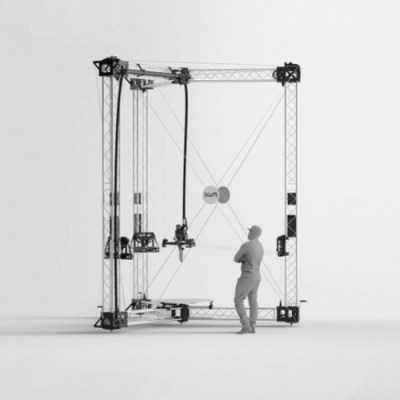
-
2nd Place: Bloft Waste Printer
Recycling plastic is one of those things that sounds simple enough, but in practice, is far more expensive and time consuming than you might realize. The fact is, today most plastic goes un-recycled because it’s cheaper to toss it in a landfill and produce new materials.
- But the Bloft large-format printer developed by [Atte Linna] aims to change that by providing a turn-key plastic recycling facility that can turn plastic waste into useful objects at a rate of 2 kilograms per hour.
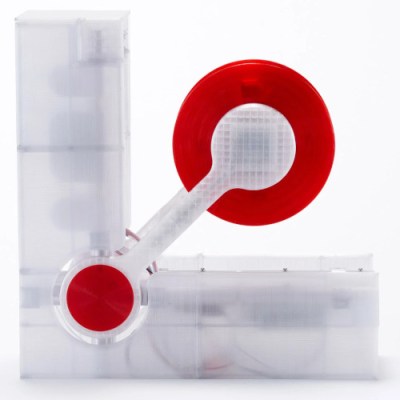
-
3rd Place: Polyformer
With the proliferation of desktop 3D printers, it’s never been a better time to develop a reliable and affordable way of turning waste plastic into filament that you can run back through your machine a second time.
- The Polyformer, developed by [Reiten Cheng] and [Swaleh Owais], aims to turn common plastic water bottles into usable filament for less than what it would cost to have it shipped to your door.

-
4th Place: Boondock Echo
Anyone who’s driven through the mountains knows that radio reception can be a problem, but there’s bigger concerns than not being able to hear your favorite tunes. Emergency workers need to be able to communicate during natural disasters, when losing contact with team members for even seconds could mean the difference between life and death.
- Project Boondock Echo, developed by [Mark J Hughes] and [Kaushlesh Chandel] is an internet-backed time-shift radio that uses commercially available handheld radios and a microcontroller-based internet gateway.
-
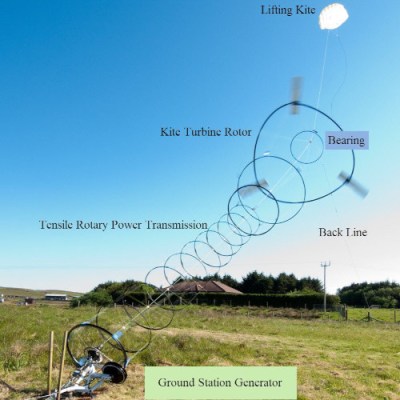
-
5th Place: Kite Turbine
The kite turbine created by [Roddy “Rags” Read] is a simple and lightweight generator inspired by how birds fly through the air. A kite holds a guide cable into the air, and a series of rotors spin around it to produce energy wherever you need it without any existing infrastructure.While the current version is small enough to put into the trunk of a car, the plan is to scale the design up to produce as much as 10kW and operate without needing human intervention.
The Future is What we Make It
We saw an incredible number of projects entered into the 2022 Hackaday Prize, and selecting just five winners was no easy task. But even if they didn’t get their name called out this evening on stage at Supercon, it doesn’t mean they aren’t worth checking out and supporting.
So take a look through the more than 300 projects that entered this year’s challenge, find something that resonates with you, and see if you can’t help out. Whether you join the team or just give some advice in the comments, your involvement could be just what’s needed to take that project to the next level.
Who knows, you might just find yourself on the stage when we announce the winners next year.
Thanks again to DigiKey for making the prizes possible!

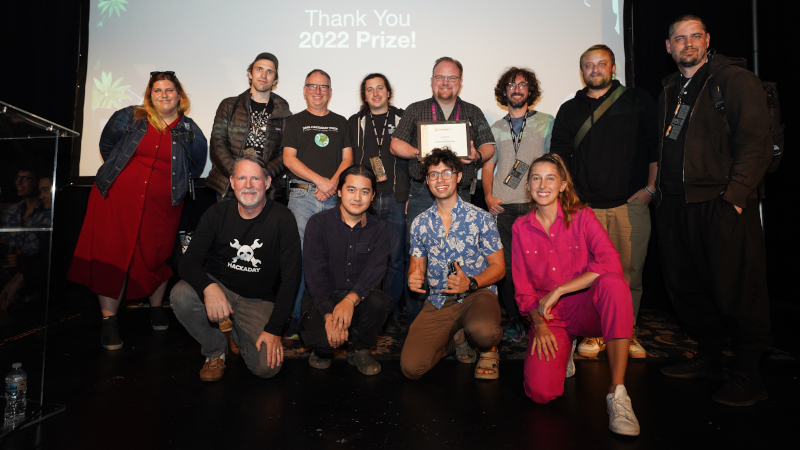
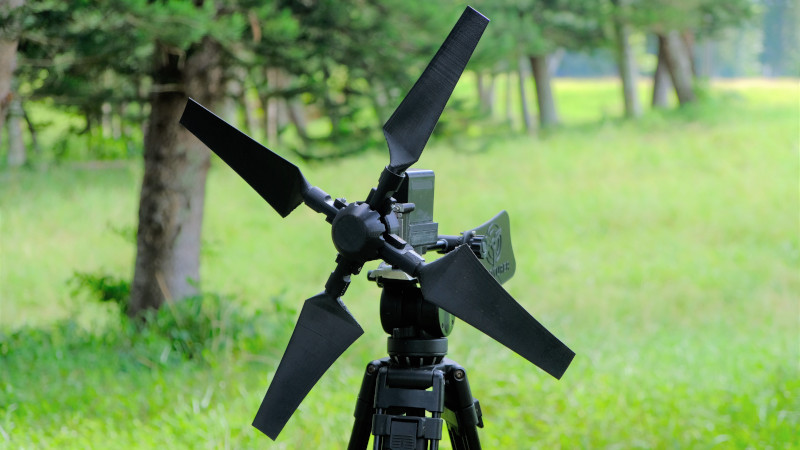
















Congrats to this year’s winners. Congrats to everyone else who competed and through sheer force of will turned their idea into a prototype.
+1
The design of the wind turbine is really nice. It will be interesting to see some real world results – the 1 – 2 watt reading that can be guessed from the tests is pretty low, but can still light up a LED or charge a phone.
Congrats to the winners! So much amazing work!
I’m curious how long it would take to build each project.
P.S. I think you missed nuclear in the sentence below – Uranium is certainly a natural way to power our “hoes”. Nuclear fission happens in nature :)
“Natural and renewable sources of energy such as solar, hydro, and wind can help power our hoes”
nothing better than powering our Hoes
My powered hoe is a 1970s era Merry Tiller with a 3.5 horsepower Briggs and Stratton “Easy Spin” engine.
It cultivates both the vegetable garden and the compost heap.
…with that “diminuitvive turbine”.
Fixified! But pretty funny.
Congrats to all winners and thank you all for participating!